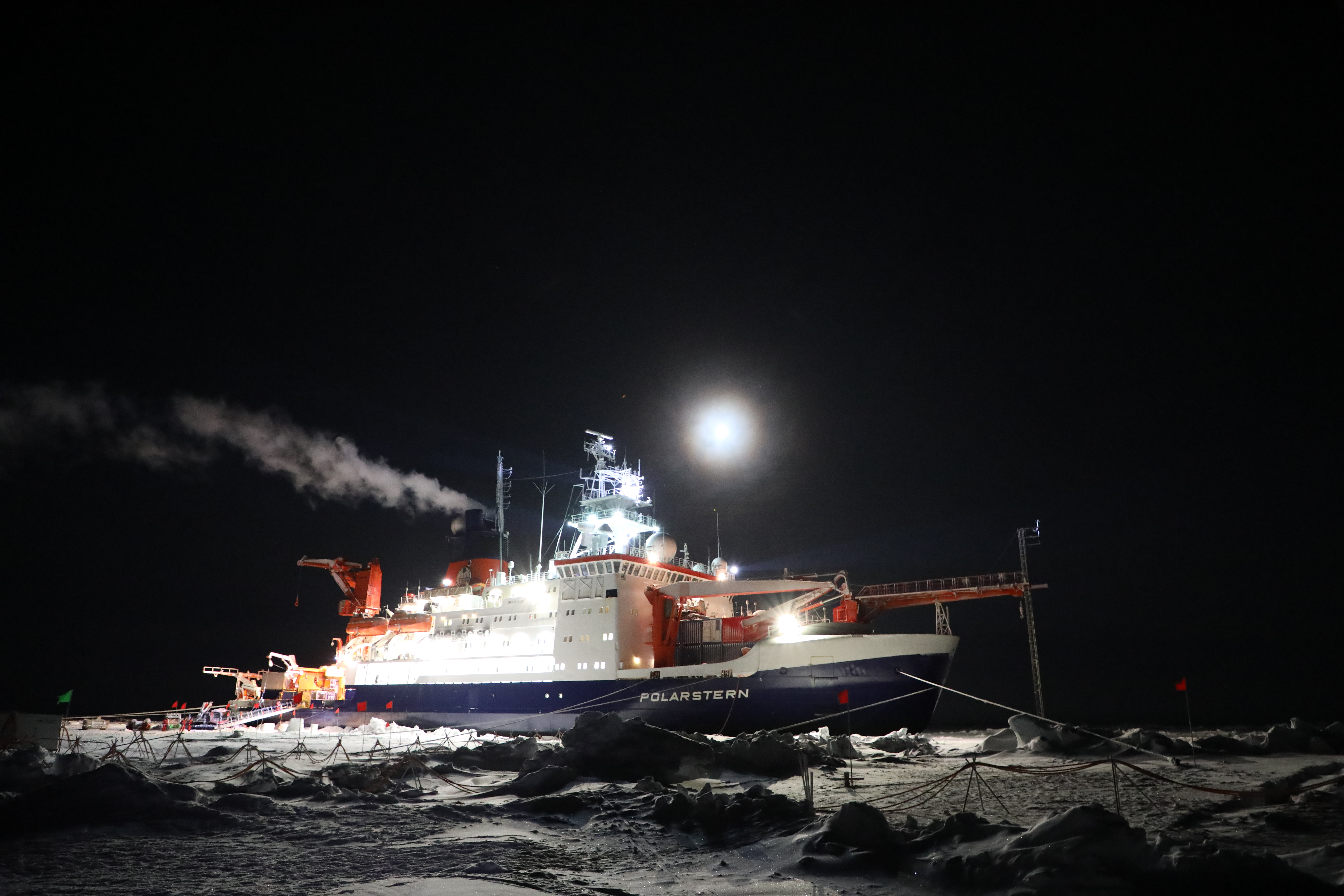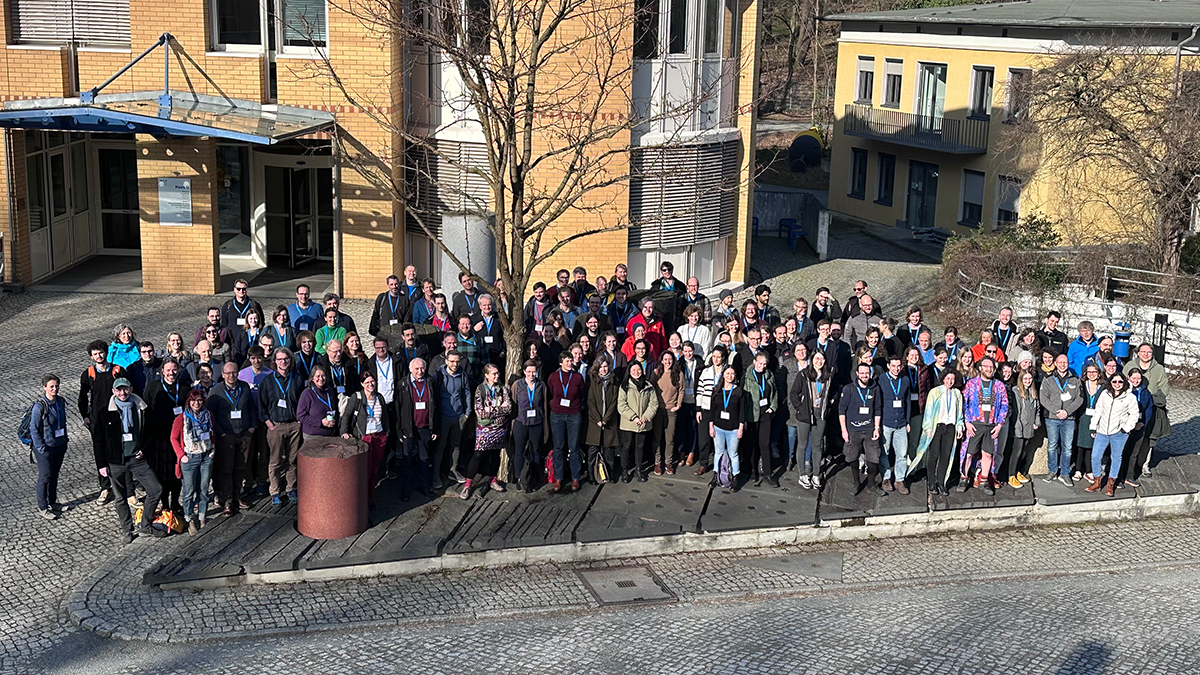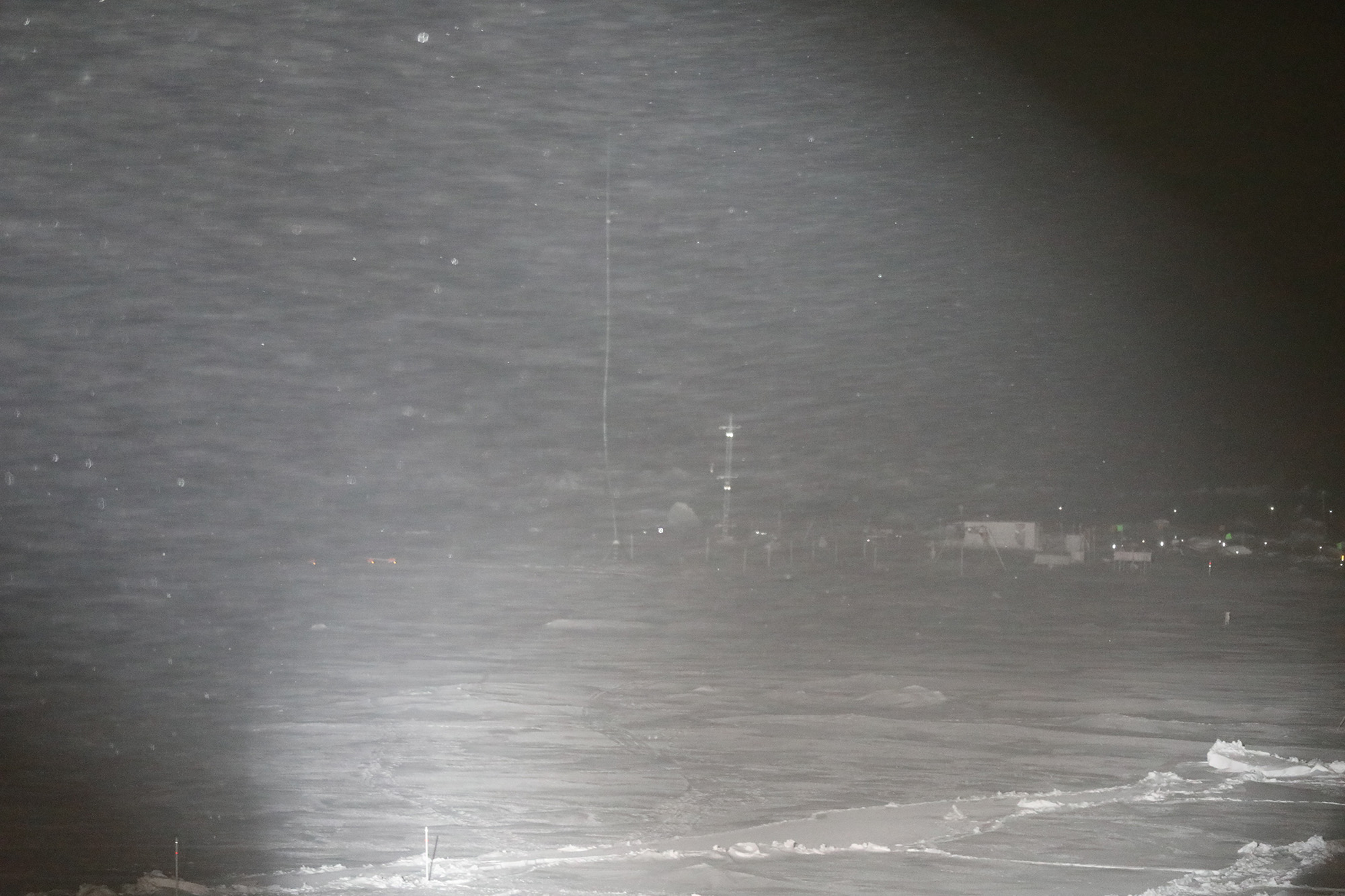MOSAiC Science Charges Forward
Published: 22 March 2024
Editor’s note: Matthew Shupe, co-coordinator of the Multidisciplinary Drifting Observatory for the Study of Arctic Climate (MOSAiC) expedition, provided the following blog post and photos.

Four years ago, the pandemic had the world in a nervous tailspin, with disrupted travel, isolation, and an uncertain future. At that time, a group of scientists was stuck (literally) on a ship frozen into the central Arctic. While the sun was just arriving back after a four-month “polar night,” these scientists were waking up to the notion that they were not coming home on their planned schedule. Until a new travel plan could be designed, they would remain in the Arctic ice, ensuring continuous collection of important climate data to help us unravel the mysteries of rapid Arctic change.
This was the MOSAiC expedition, wherein the research vessel Polarstern drifted with the sea ice across the central Arctic from September 2019 to October 2020. Thanks to the valiant efforts of those scientists stuck in the ice, and the many others who came and went from the expedition over the full year, we now have one of the most valuable data sets to explore the intricate details and processes of the coupled Arctic atmosphere-ice-ocean system.
These data continue to fuel an explosion of scientific productivity, as captured by the 3rd MOSAiC Science Conference (3MSC) in Potsdam, Germany, from February 26 to March 1, 2024. I have been engaged in the MOSAiC journey for 15 years now … designing, proposing, planning, coordinating, implementing, and collaborating. It’s been a long and winding path with many challenges, but at the 3MSC, I was able to sit back and appreciate the magnificence of the whole thing, as conveyed through a broad range of cutting-edge science and the blossoming of a new generation of Arctic scientists.

Conference Highlights

Most of the 3MSC sessions were interdisciplinary in nature, embodying a key goal of MOSAiC to explore the couplings and interactions that drive and respond to sea-ice decline. Sessions focused on themes such as chemical tracers in the Arctic system, atmosphere-ice-ocean interactions, the distribution and fate of sunlight, the role of sea-ice leads and ridges, and upscaling and downscaling of information.
It was great to see the prominent role of early career scientists in presenting their science and leading sessions. Importantly, many of the large, collaborative cross-cutting scientific activities are being led by these new scientists, tackling broad topics such as the sources and impacts of freshwater, the thermal properties of sea ice, and the seasonal composition of the atmosphere. MOSAiC has helped to promote a whole new generation of Arctic scientists.
The 3MSC also attracted many attendees who did not participate in the field activities. The MOSAiC community continues to grow as new users are drawn to these fantastic data sets. In particular, many modeling activities were represented, ranging from detailed large-eddy simulation studies of clouds to representations of biogeochemical processes to evaluation of nudged climate model simulations, with many activities in between.
Data from the U.S. Department of Energy (DOE) Atmospheric Radiation Measurement (ARM) user facility had their fingerprints on the conference, supporting a growing user community. ARM data underpin a bounty of new knowledge on central Arctic aerosols and their processes. The data are used to characterize cloud properties, force cloud model simulations, and drive radiative transfer calculations. These data have found their way into numerous model assessments and the verification of satellite observations. They are used to quantify snowfall over the sea ice and characterize the atmospheric boundary-layer structure and its evolution.
Use MOSAiC data: Browse the ARM Data Center.
Presentations also showed how MOSAiC aerosol science is being conducted via the DOE Environmental Molecular Sciences Laboratory (EMSL) while MOSAiC biological samples are being mapped via the DOE Joint Genome Institute (JGI). Wow, three DOE user facilities are engaged in the same broad project!
Another highlight was the conference dinner at an old movie house, where attendees shared in food, drinks, conversation, and a wide collection of videos from the field. In one theater, I experienced a unique project wherein a team of artists built a music system that looked like an organ and “played” MOSAiC data! The composition was based on data from a mid-November 2019 storm that I personally experienced while in the field. It was certainly a new and very abstract way to experience the data, but oddly, it captured the intensity and chaos of that stormy time out in the darkness of the central Arctic sea ice. This was just one indicator of the breadth of MOSAiC’s impact, which continues to grow.
Keep up with the Atmospheric Observer
Updates on ARM news, events, and opportunities delivered to your inbox
ARM User Profile
ARM welcomes users from all institutions and nations. A free ARM user account is needed to access ARM data.


















